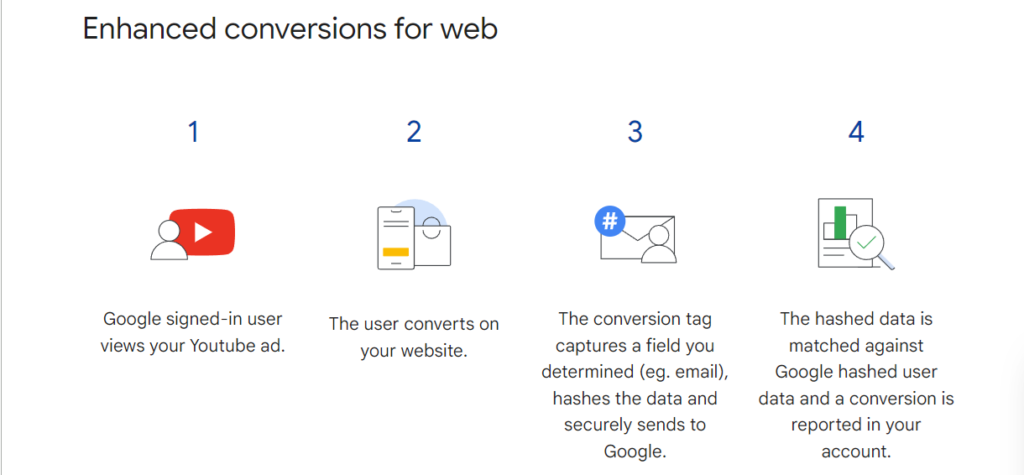

Last updated on

In this edition of Ask a PPC, we’ll explore enhanced conversions in depth.
As businesses implement their privacy-first strategies, it’s essential for you to become familiar with enhanced conversions. We’ll cover:
Please note that this discussion is specifically centered around Google’s enhanced conversions.
Enhanced conversions are achieved by integrating first-party data with your Google Ads account.
This first-party data encompasses sales and lead information sourced from CRMs, along with sales data from online stores. To safeguard privacy, this data is hashed before being transmitted.
Setting up these conversions necessitates having conventional conversion tracking in place and is usually applied to primary conversion actions.

Enhanced conversions can be configured through various methods:
One common challenge arises in formatting and connecting data. To address this, Google introduced a data connector that simplifies the process of connecting established partner data sources.
Data uploads can be performed as a one-time sync or scheduled. It’s advisable to set up at least a weekly upload unless you’re still troubleshooting.
Model-based data is becoming essential in the era of privacy-first browsing.
As advertising platforms and search engines respond to growing demands for consumer privacy, the significance of first-party data amplifies.
Connecting conversion data is a crucial move that aids ad platforms and analytics algorithms in comprehending user interactions.
Even if a consumer declines tracking cookies initially, consenting to marketing communication later in their journey allows for strengthening the attribution path.
Furthermore, since not all platforms communicate seamlessly with each other, leveraging enhanced conversions ensures comprehensive integration of all your data sources.
Enhanced conversions are crafted to facilitate the utilization of first-party data, thereby enhancing the accuracy of reporting outcomes.
Despite appearing daunting, there are pathways tailored to various levels of technical proficiency. Given the shift towards a privacy-centric web, establishing enhanced conversions is paramount.
It’s worth highlighting that while enhanced conversions can benefit from conversion values, they are not obligatory.
Original news from SearchEngineJournal